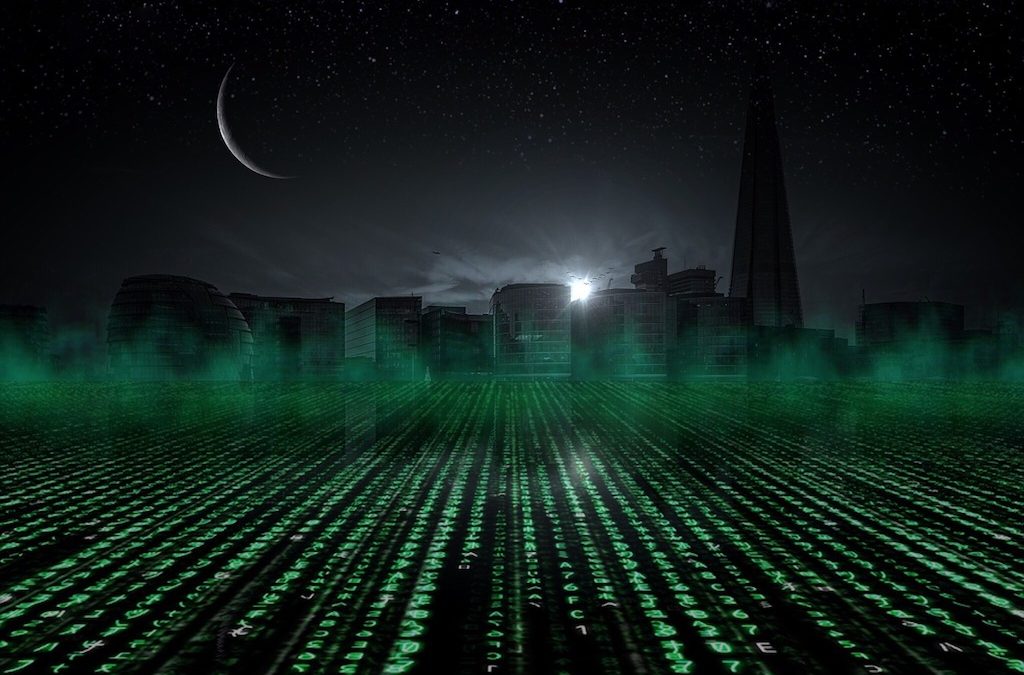Recent advances in virtual reality are opening whole new worlds to us, but are also raising questions about the nature of reality and whether we can truly trust our perceptions.
While the virtual environments available to us now fall far short of our own reality, it’s only a matter of time before technology reaches the point where “inside” and “outside” the simulation are indistinguishable. When that happens, people could spend most of their time inside a parallel world where beings made of ones and zeros outnumber those of flesh and blood.
This virtual world would be basically a parallel world, except that it would exist inside our own rather than in a separate space-time bubble. For beings living in the virtual world, though, it would raise many of the same questions about perception and the nature of reality.
“You would like to know: What is the probability that I end up in one universe versus another? Can I make predictions for the kinds of things that I would see if the scenario was true?” Caltech cosmologist Sean Carroll told Nautilus.
Many Options for Virtual Reality
The problem, though, is the same one that arises in Plato’s allegory of the cave. We could just be sitting in a cave staring at shadows on a wall that we assume to be reality, while the “real” reality is outside the cave, inaccessible to us. Virtual reality is a lot like Plato’s cave, especially if we don’t have access to the outside world.
This could happen if we entered a virtual reality without realizing it — as in the Matrix. Or if we are actually part of the simulation. The latter is the basis for the “simulation argument,” proposed by Oxford philosopher Nick Bostrom in a 2003 paper, which says that there is a high probability that we are living in a world of ones and zeros.
Bostrom reaches this conclusion by assuming that if technology continues to advance, our descendants will one day be able to create a much more detailed simulation of our world as it stands now. It would be so advanced that the people inside it would be conscious, and be able to have the same experiences that we do.
Knowing whether we are in a simulation would be difficult. Most likely our descendants would have programmed the simulation so we couldn’t know. Still, there may be ways to look for clues to the underlying nature of the reality surrounding us.
Can We Know if Reality is Real?
If we are in a computer simulation, then the simulation will follow the same rules obeyed by a simulation running on our own computers. This is true even if the laws of physics in the outside reality differ from the laws of physics in the simulation.
MIT theoretical physicist Zoreh Davoudi argued at the 2016 Isaac Asimov Memorial Debate that this would show up if the simulation was running using finite computer power.
“If the simulator of the universe, in whatever form it is, is just finite computational resource and not infinite, then it’s limited to simulate the universe in this kind of limited scenario, just as we do,” said Davoudi.
We could monitor our reality to see if it deviates from what is expected — such as high energy cosmic rays traveling in a discrete space-time instead of a continuum. There may also be signs that the programmers who created the simulation cut corners, leading to unexpected physical laws — like objects falling up under certain conditions or entangled quantum particles behaving independently.
Advanced virtual realities also raise questions about the nature of consciousness. If our descendants create a simulation of our world and populate it with people that experience reality the same way we do, do those minds have consciousness?
In an interview with Nautilus, neuroscientist Christof Koch of the Allen Institute for Brain Science in Seattle, suggests no. A simulation of a black hole, no matter how detailed, is not an actual black hole because it is not massive enough to bend space-time. You could also apply this logic to consciousness, but not everyone agrees.
“It is not an essential property of consciousness that it is implemented on carbon-based biological neural networks inside a cranium: silicon-based processors inside a computer could in principle do the trick as well,” wrote Bostrom in his 2003 paper.



My coworker and I talk about this and wonder if God is just a nerdy programmer in his parents basement. Thanks for giving us more fuel for the debate!